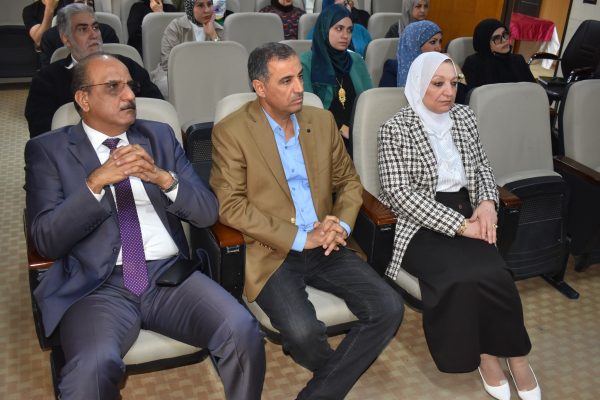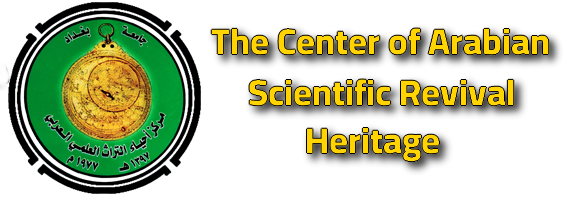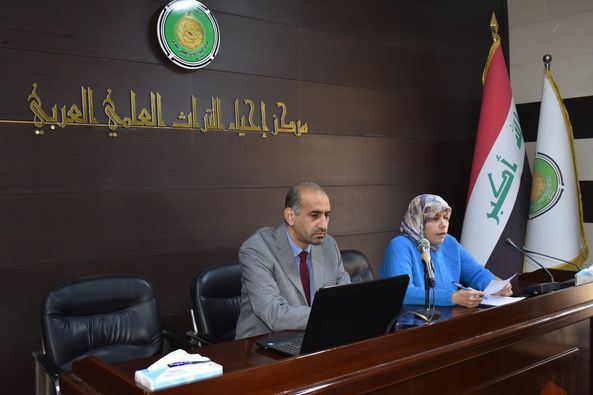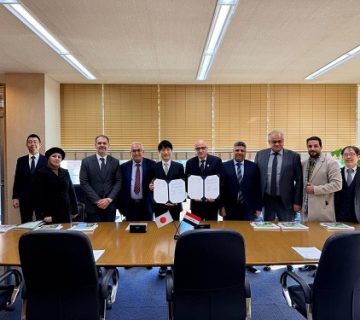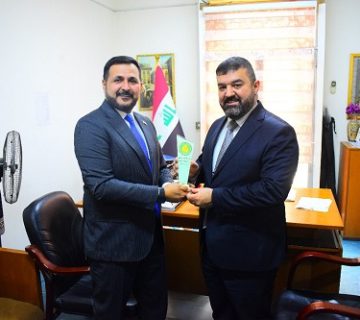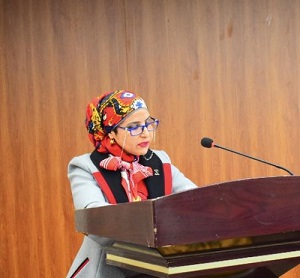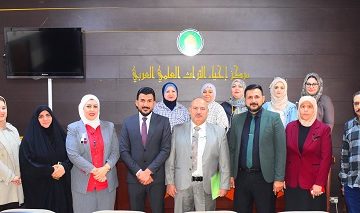Under the supervision of Professor Dr. Alaa Nafi Jassim, Director of the Center, the Manuscripts Department at the Center for the Revival of Arab Scientific Heritage / University of Baghdad organized a discussion session on Wednesday morning, corresponding to 3/13/2024, in the presence of a number of professors and researchers, and in the hall of Professor Nabila Abdel Moneim, a discussion panel entitled (The Manuscripts That The study and analysis of horology among the Arabs was discussed (the lecture was given by Prof. Dr. Issam Muhammad Ali, a lecturer at the University of Baghdad / College of Engineering, speaking. Muslims had a major role in the invention of the hourglass and the water clock, because time was of special importance to them, due to their need to know the times of prayer and the call to prayer, and the times of fasting, holidays, and Hajj. The matter began. In the past, with the simple water clock that was used in Egypt before 1500 BC. It consisted of a cylindrical bowl with sections to measure the amount of water coming down from a small gutter at the bottom. As for the complex water clocks, their story began in the thirteenth century, with a genius man called Ismail bin al-Razzaz al-Jazari, from Diyarbakir in southeastern Turkey. He was a pious Muslim and a brilliant engineer, and by the year 1206 AD, al-Jazari had designed and manufactured many clocks of various types. Shapes and sizes. He wrote a book on mechanical engineering entitled “Combining Science and Useful Work in the Making of Tricks,” in which he described fifty automatic devices distributed into six categories, including water clocks. Arab innovations in horology appeared at an early age. In the year (192 AH = 807 AD), Harun al-Rashid (d. 193 AH) presented a complex minute watch to Charlemagne (d. 814 AD), King of the Franks. Just as Abbas bin Firnas (d. 274 AH) created a clock he called “The Miqat,” which he presented to Prince Muhammad bin Abdul Rahman in the middle of the third century AH, and accompanied it with poetic verses describing the importance of his invention and its benefits.
